Samsung Galaxy Note 10 vs Samsung Galaxy Note 9: how do they compare?
Big-screen battle
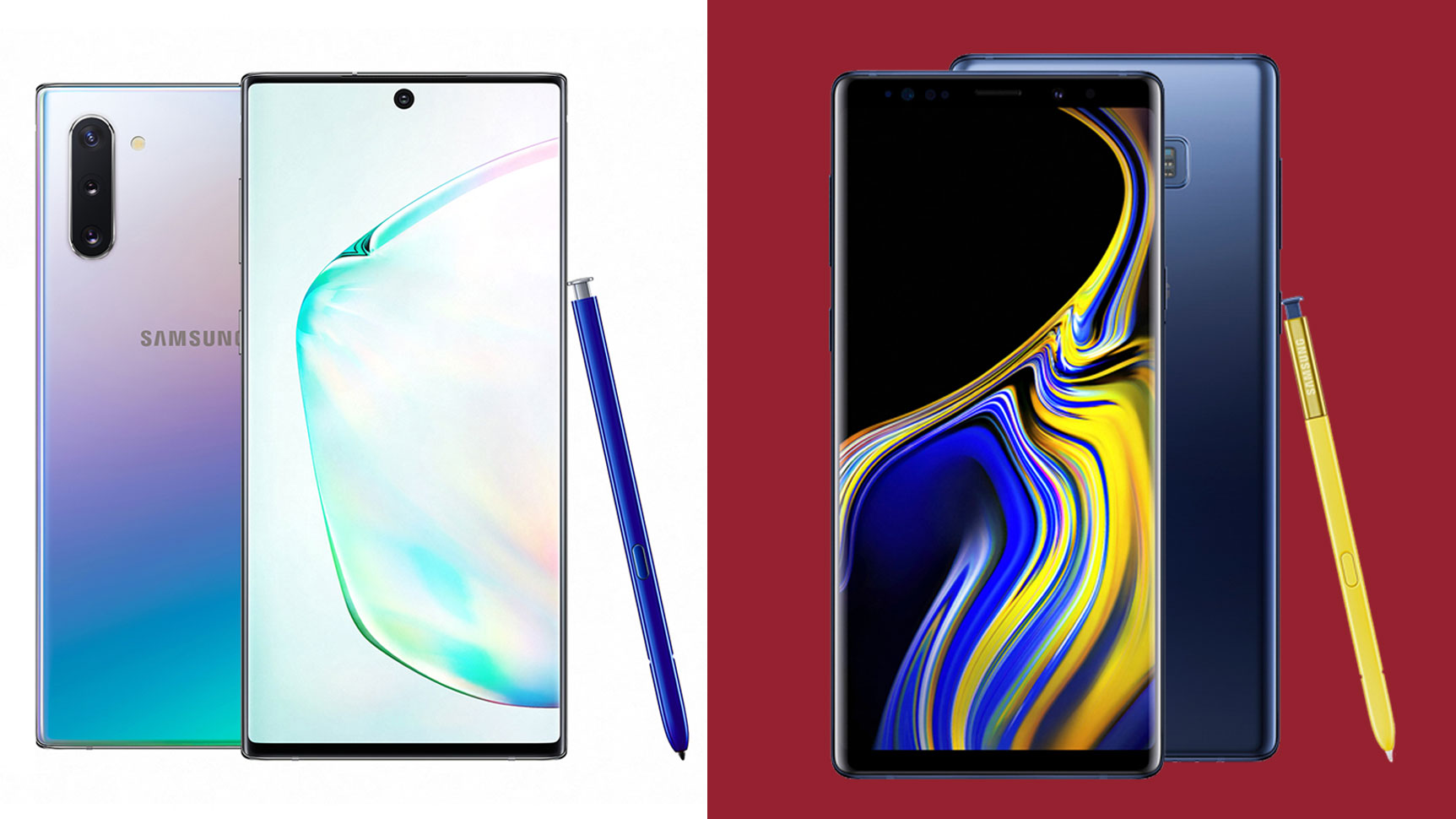
The Samsung Galaxy Note 10 is one of the biggest phones of 2019, and it’s sure to also be one of the best-selling, but should you buy it when the Samsung Galaxy Note 9 is still a top phone – and actually better in some respects?
While we can’t answer that for you, we can help you decide, as well as generally running you through the many similarities, and even more numerous differences, between these two handsets.
So read on for a thorough look at how Samsung’s new phablet flagship compares to its previous one.
Samsung Galaxy Note 10 vs Samsung Galaxy Note 9: design and display
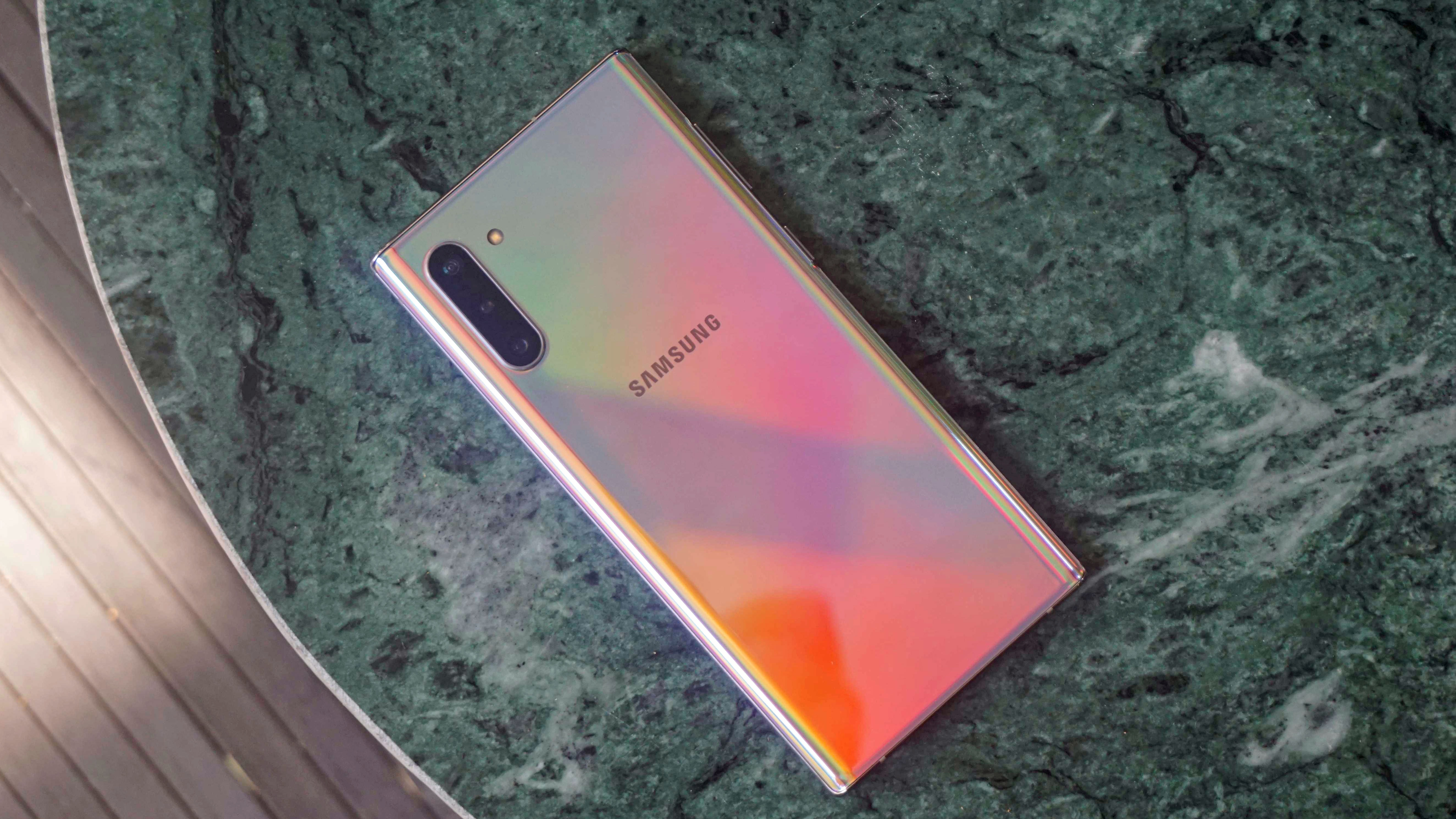
The Samsung Galaxy Note 10 and Samsung Galaxy Note 9 both have a glass front and back, along with a metal frame and a curvy screen. They’re similar in a lot of ways, but while the Note 9 had prominent bezels at the top and bottom of its screen, the Note 10 is virtually bezel-free, thanks in part to the front-facing camera being housed in a punch-hole cutout rather than above the display.
Other differences include the headphone port (the Note 9 has one while the Note 10 doesn’t), and the colors, with the Samsung Galaxy Note 10 coming in Aura Glow, Aura Black and Aura Pink, while the Samsung Galaxy Note 9 is available in Metallic Copper, Lavender Purple, Ocean Blue, Midnight Black, Pure White and Alpine White (though not all colors are available everywhere).

Their dimensions and weight also differ, with the Samsung Galaxy Note 10 coming in at 151 x 71.8 x 7.9mm and 168g, while the Samsung Galaxy Note 9 is 161.9 x 76.4 x 8.8mm and 201g. So the Note 9 is bigger in every dimension, as well as being heavier.
That’s partly down to its larger bezels, but partly because the Note 9 actually has a larger screen at 6.4 inches, compared to the 6.3-inch display on the Note 10 – for a truly massive new Note phone you’ll need to opt for the 6.8-inch Samsung Galaxy Note 10 Plus.
Sign up for breaking news, reviews, opinion, top tech deals, and more.

The Galaxy Note 9 also has a higher-resolution screen, coming in at 1440 x 2960, for 516 pixels per inch, while the Galaxy Note 10’s is 1080 x 2280, for 401 pixels per inch. In some ways then the Note 10 is actually lower-end, marking the Note 10 Plus out as the true flagship of the range.
However, the Samsung Galaxy Note 10 does at least support HDR10+, which is a slight upgrade on the Note 9’s HDR10 support, and both phones have AMOLED displays.
Samsung Galaxy Note 10 vs Samsung Galaxy Note 9: camera
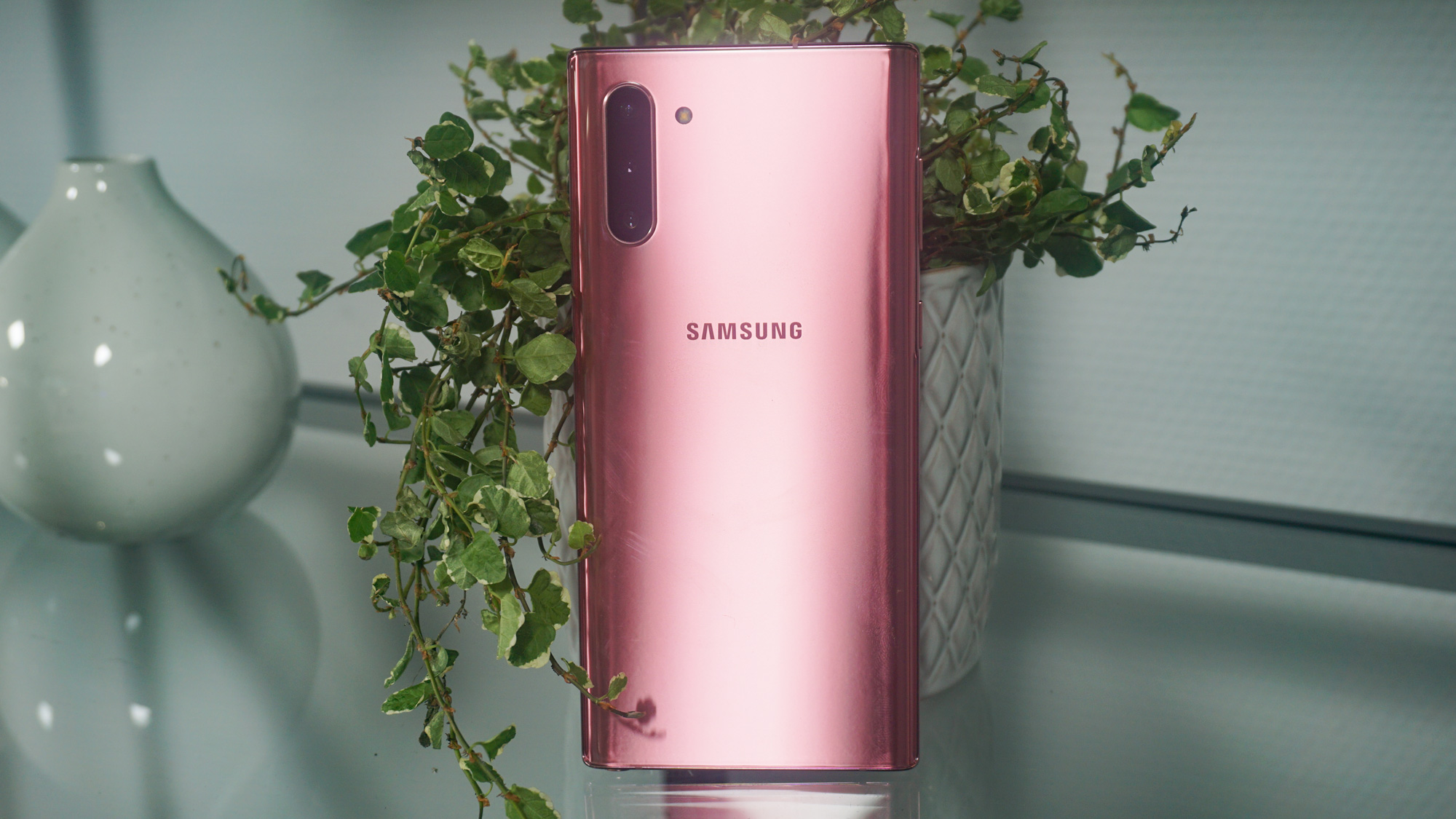
With the Samsung Galaxy Note 10 you get three rear cameras, headlined by a 12MP wide-angle snapper which can switch between apertures of f/1.5 and f/2.4, and which has optical image stabilization (OIS). Then there’s a 12MP f/2.1 telephoto lens with OIS, and a 16MP f/2.2 ultra-wide lens, which lacks OIS.
The Samsung Galaxy Note 9 has just two rear snappers, one of which is the same 12MP variable-aperture one as the Note 10 has, while the other is a 12MP telephoto one with an f/2.4 aperture. That aperture might mean the Note 9’s telephoto lens won’t fare as well in low light, but we’ll have to put the Note 10’s camera to the test to be sure.
In any case, the key difference here is that the Galaxy Note 9 lacks an ultra-wide lens. There’s less difference round the front though, with both phones having a single selfie camera. The Galaxy Note 10’s is a 10MP f/2.2 unit, while the Galaxy Note 9’s is 8MP and f/1.7.
Samsung Galaxy Note 10 vs Samsung Galaxy Note 9: battery life
If you were hoping for a massive battery in the Samsung Galaxy Note 10, you’re going to be disappointed, as it has just a 3,500mAh cell. That’s not particularly big for a phone of this size, and it’s also smaller than the 4,000mAh battery in the Samsung Galaxy Note 9 – although as noted above, that phone has a slightly bigger screen to power, so it won’t necessarily last longer.
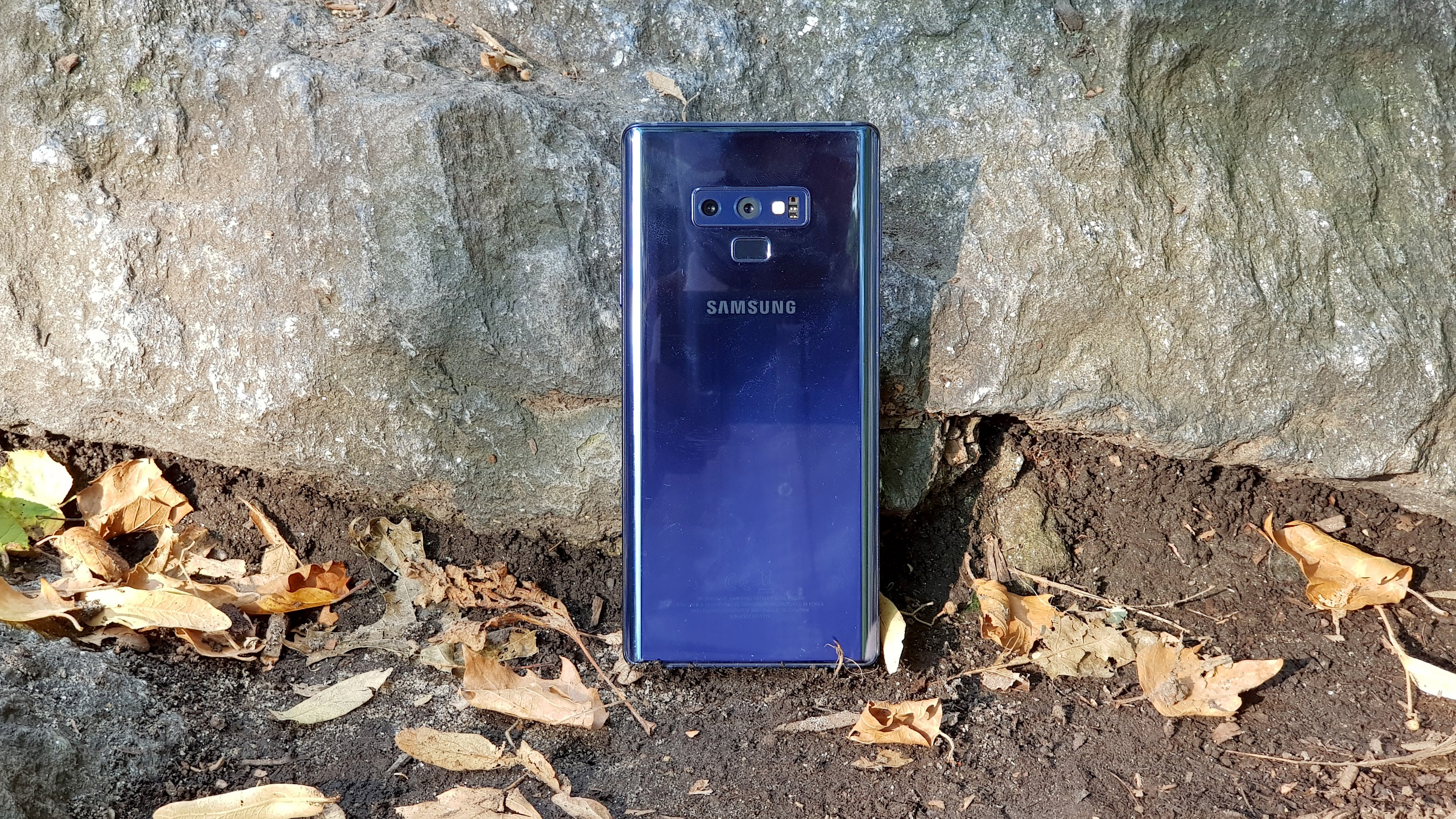
In practice we found that we could comfortably get over a day of life from the Note 9 with moderate use – you’ll have to wait for our full review to see how the Galaxy Note 10 holds up.
If nothing else though, you should be able to charge the Note 10 faster, because as well as having a smaller battery it also supports 45W fast charging, while the Note 9 tops out at 15W – although the Note 10 doesn't come with a 45W charger in the box, so you’ll have to pay extra to get the highest speeds.
Samsung Galaxy Note 10 vs Samsung Galaxy Note 9: specs and features

While the Samsung Galaxy Note 9 has last year’s top-end chipsets (either the Snapdragon 845 or Exynos 9810, depending on where you are), the Samsung Galaxy Note 10 gets an expected upgrade to this year’s chips, so you can expect a power boost.
If you live in the US you'll get Qualcomm's Snapdragon 855, while those in the UK and various other countries around the world will get Samsung's newly announced Exynos 9825. That's Samsung's first 7nm chip, and, the company claims, its most efficient yet.
It doesn’t have more RAM though, as both phones come with up to 8GB of the stuff – though in the Note 10’s case all models have 8GB, while the Note 9 is also available with 6GB.
As for storage, you can actually get more into the Samsung Galaxy Note 9, as it comes with a choice of 128GB or 512GB, while the Galaxy Note 10 only comes with 256GB. Not only that, but the Note 9 also has a microSD card slot, potentially enabling you to up your storage to 1TB, which the Samsung Galaxy Note 10 lacks.
Other features worth highlighting include the S Pen stylus – both phones come with this, but it's had some upgrades for the Samsung Galaxy Note 10, including gesture support.

Both phones have a fingerprint scanner, but while the Galaxy Note 9’s is on the back, the Note 10’s is embedded under the screen.
Both also have IP68 certification (for water and dust resistance), and support Samsung DeX, allowing you to connect the phone to a monitor for a more desktop-like experience.
Samsung Galaxy Note 10 vs Samsung Galaxy Note 9 price and availability
The Samsung Galaxy Note 10 starts at $949.99 (around £899 / AU$1,499). That’s comparable to the launch price of the Samsung Galaxy Note 9, which started at $1,000 / £899 / AU$1,499 for a 128GB model with 6GB of RAM, rising to $1,250 / £1,099 / AU$1,799 for a 512GB version with 8GB of RAM.
However, prices for the Note 9 have now dropped in many places, so you can often pick the phone up from around $800 / £650 / AU$1,200.
And you can buy the Samsung Galaxy Note 9 right now, whereas the Samsung Galaxy Note 10 isn’t shipping until August 23, though it can be pre-ordered.
Takeaway

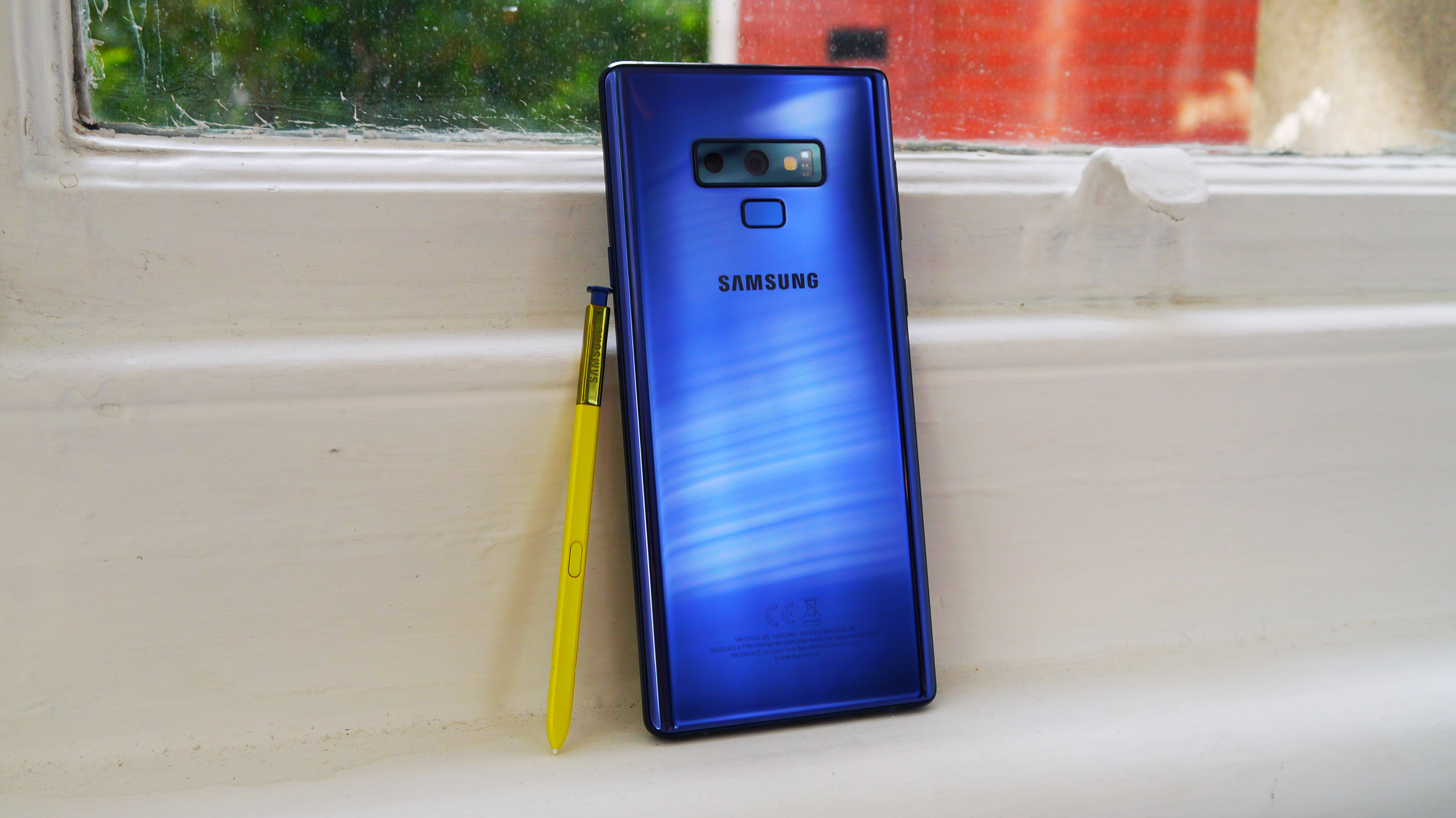
This is an odd situation, because while usually with these comparisons the new model is a clear upgrade, that’s not the case here.
Yes, the Samsung Galaxy Note 10 has more power, an extra camera lens, an in-screen fingerprint scanner, an improved design, and S Pen improvements, but the Samsung Galaxy Note 9 has a bigger, sharper screen, a bigger battery, potentially more storage, and a microSD card slot, as well as a 3.5mm headphone port, which is lacking on the Note 10.
If you want a phone that’s a clear upgrade in just about every way – although still lacking a headphone port – then it’s the Galaxy Note 10 Plus that you’ll be after, but you’ll have to pay more for that.
As for whether the standard Galaxy Note 10 is an improvement on the Note 9 overall… well, we’ll try and answer that in our full review, but if you can’t wait for that then just consider how much each of the above factors matters to you.
- The Huawei Mate 30 Pro is still to come
James is a freelance phones, tablets and wearables writer and sub-editor at TechRadar. He has a love for everything ‘smart’, from watches to lights, and can often be found arguing with AI assistants or drowning in the latest apps. James also contributes to 3G.co.uk, 4G.co.uk and 5G.co.uk and has written for T3, Digital Camera World, Clarity Media and others, with work on the web, in print and on TV.